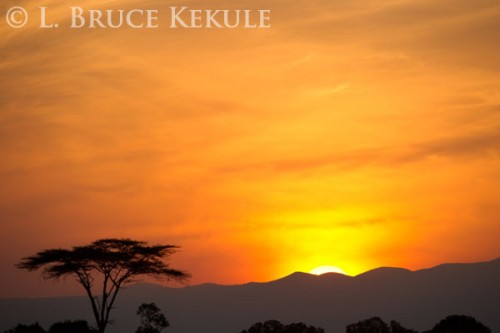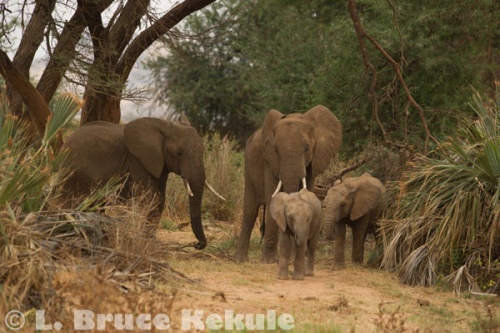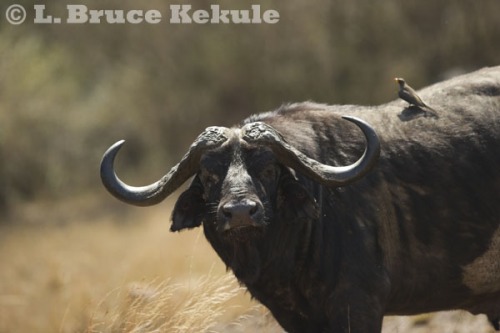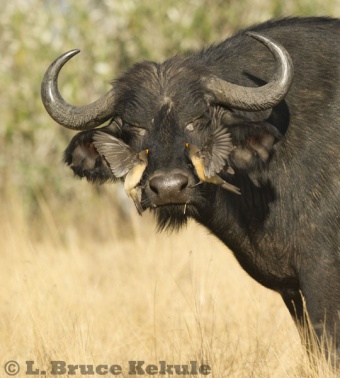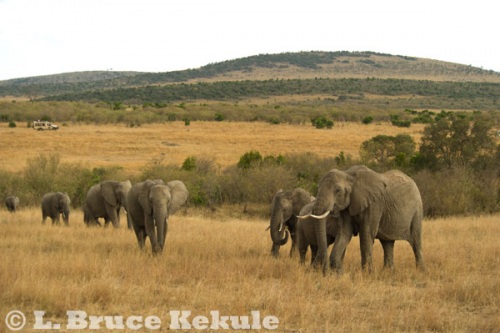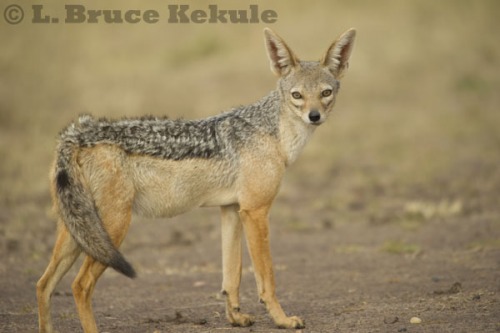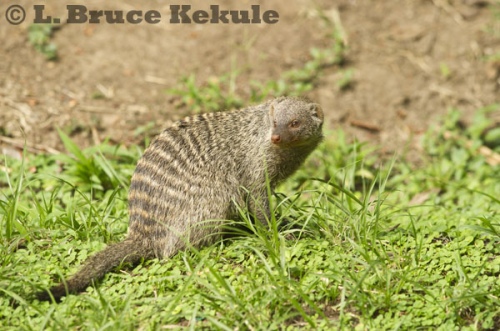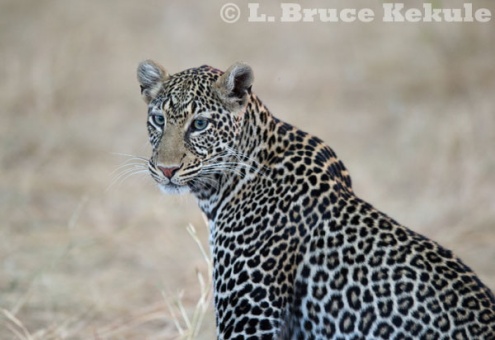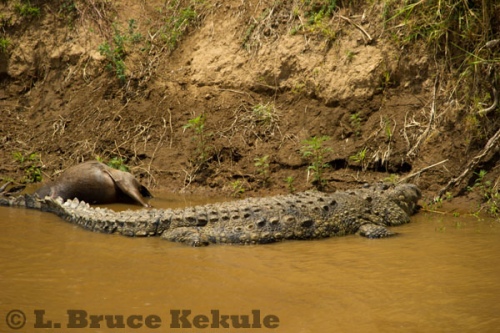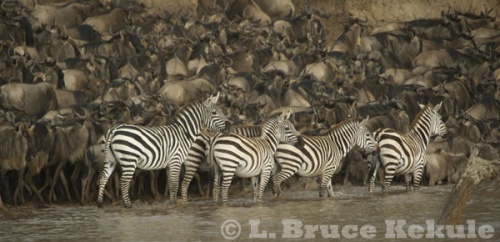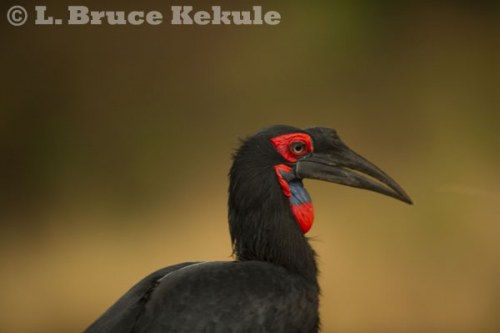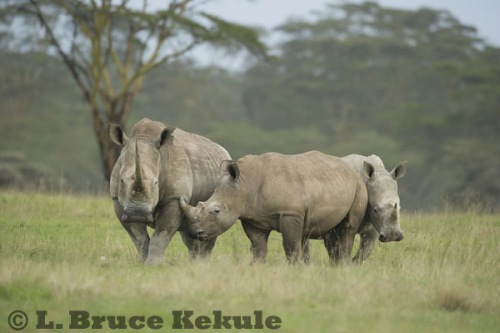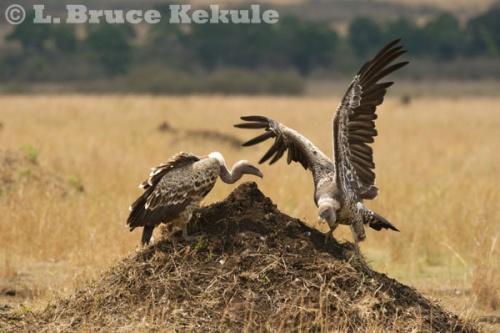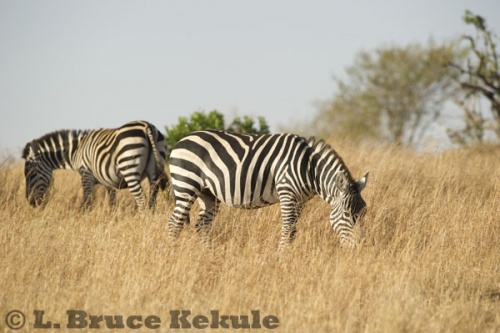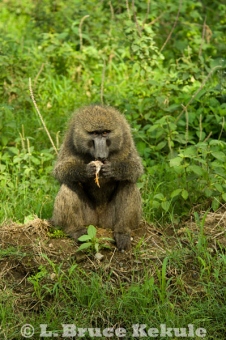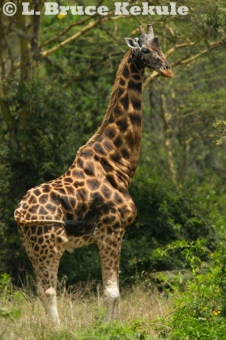Archive for the ‘Photography Abroad’ Category
The ‘Big Five’ in five days – Part Two
Africa’s great wildlife adventure – continued
Sunrise over Mount Kenya at ‘Sweetwaters’ Wildlife Reserve
The safari so far had been hectic and we had taken loads of photographs. On day seven, our next destination was a private reserve not far from Mount Kenya in the central provinces. The weather was crisp and chilly when we arrived at ‘Sweetwaters Game Reserve’. As we were checking into the lodge, a small herd of reticulated giraffe visited the waterhole next to the hotel. We left our bags and departed for our first game drive and saw more giraffe plus wart hog and zebra.
African fish eagle grabbing a fish – this was a setup where the locals call the eagles in and as they swoop down, the photographer is suppose to catch them in mid-flight. It was not easy and I burned a lot of card space but got one shot. Not easy!
This lodge is a tented camp and the services are amazing. In each bed, a hot water bottle is placed under the covers by the staff in the evening as the temperatures can sometimes drop dramatically during the night close to freezing. Mount Kenya is snow-capped year-round and the weather is always very pleasant here. The mountain is a beautiful sight when the cloud cover clears.
That night at dinner, a small herd of white rhino arrived followed by a family unit of elephant. Just about everyone left their dinner to photograph the huge herbivores. That night, I photographed a male impala that jumped the electric fence to nibble on the soft grass inside the hotel grounds.
Lion pride on the savanna
The next morning, I was up at the crack of dawn setting up my camera with a wide-angle lens to shoot the sunrise with the Mount Kenya range in the background. At 6:30am after a quick cup of coffee, we departed for the morning drive. We bumped into a mother lion and two small cubs. The female had a collar with a radio transmitter and was being monitored by the park’s research staff.
We left after lunch for the last leg of the safari. Our destination was several hundred kilometers to the east and Samburu National Reserve was entirely different from the three previous locations. It was lowland desert; hot, dusty and dry but still loaded with wildlife. The Samburu Game Lodge was very comfortable and located at the banks of the Eweso Nyiro River.
As we entered the park, a herd of giraffe crossed in front of us followed by a large herd of elephant that went down to the river for a refreshing drink and cooling bath. The African giants then sprayed dust over their backs to ward off insects.
Leopard mother and cub in Samburu National Reserve
Over the next two days, we managed to get leopard once again. This time it was a mother and cub feeding on a little male dik-dik, Africa’s smallest antelope. We also photographed Grevy’s zebra, giraffe, waterbuck, gemsbok and gerenuk plus the dik-dik. Elephant were everywhere and easily approached.
When the rains came earlier this year, the river overflowed its banks and washed out the only bridge in the park. We were not able to visit the other side where the lions and buffalo live. There were many crocodiles in this river and two would come up at night into a closed pen next to the bar in the lodge.
On our departure, we saw a large group of vehicles surrounding a tree and decided to investigate. It was on the way out. Up in a tree, a male leopard was sleeping off a previous kill.
African elephant herd in Samburu
It was strange how we bumped into a leopard on the first day and on our day out. The leopard is considered to be the toughest to see and photograph while on safari but we were lucky. The ‘spirits of the wild’ had smiled on us.
The long ride back to Nairobi took about 6 hours and we finally arrived at the hotel tired, dusty and hungry. The next morning we flew to Lamu, a World Heritage Site on the northeast coastline for some rest and sightseeing. This old town was a port during the slave-trading days and its rustic appeal off the beaten track was interesting.
Elephant family group by the Eweso Nyiro River in Samburu
These events are etched in memory and I know I have caught the African bug. I am leaving on another photographic safari to Kenya to catch the ‘Great Migration’ and when I return, will post a new story.
Such is the life of people hooked on photographing anything wild. It is the ultimate hobby or profession, and if you get a camera and start shooting Mother Nature’s creatures, do be prepared; it can be become an addiction.
A note to all who follow my website: I’m leaving for Africa in a few hours and ran out of time to finish this post. When I get back, I will add some additional photos of this amazing safari.
The ‘Big Five’ in five days – Part One
Africa’s great wildlife adventure
A photographic team from Thailand goes on safari to Kenya
Leopard in Maasai Mara Game Reserve, Kenya
When I was young, the dream to go to Africa was always on my mind. I collected many books and magazines on the subject and learned about the ‘Dark Continent’ with all its amazing wild animals. But it has always been just a dream until this year.
Male lion portrait in Maasai Mara
Once in while, the chance of a lifetime comes along and the opportunity to visit Kenya, Africa to photograph wildlife became a reality. This place is certainly the ‘Holy Grail’ for photographers and naturalists, and is one of the greatest wildlife spectacles in the world.
Female elephant in the Maasai Mara
The Masai Mara plains in the southwest section of the country adjoining the Great Serengeti Plains in Tanzania, plus a few other protected areas in Kenya are the ultimate safari experience. The Kenyan people are proud of their heritage.
Cape buffalo and oxpecker in Maasai Mara
White rhinoceros in Lake Nakuru National Park
Buffalo and oxpeckers
Elephant herd on the savanna
The planning and scheduling for the safari was arranged through the Thai Embassy in Nairobi who recommended ‘Transworld Safaris’ as one of the best operators in Kenya. The company certainly lived up to their commitment as a very professionally well-run operation with excellent staff and services.
Lion cubs – part of a large pride
On September 5th of this year, nine people from different walks of life met-up at Suvarnabhumi Airport in Bangkok late at night for the eight-hour flight to Nairobi. A group of Thai nationals and myself made up the rest of the group. One thing in common with all of us was the desire to see and photograph wildlife.
Lion cub playing with its mother
We left Thailand on Kenya Airways just after midnight. The airline allowed 40 kilograms of baggage that permitted lot’s of heavy photographic gear. With a couple of tripods, camera-traps, clothes and other stuff, my bags were close to the limit.
Cheetah on a termite mound in the Maasai Mara
The next morning we arrived in Nairobi at 5am and quickly went through immigration and customs. Transworld Safaris manager Sati Lota and two very capable and friendly drivers, Patrick Njoroge and George Ndungu, plus two safari vans were waiting for us at the airport. We were quickly on the road for the five-hour trip to Maasai Mara National Reserve and the first lodge in the bush.
Black-backed jackal in the Maasai Mara
A quick stop at a supermarket was made to buy some foodstuffs and a load of green peas for the ‘bean bags’ needed for camera and lens support on top of the van while photographing wildlife. In Kenya, it is absolutely forbidden to exit the vehicle anywhere while out on safari.
Wildebeest on the run in the savanna
The traffic out of Nairobi was a bit hectic but we eventually arrived at the half waypoint above the ‘Great Rift Valley’ for a quick cup of coffee, and to enjoy the view and buy a few trinkets from the tourist shop. The road then got tougher as we crossed the valley into the Maasai Mara reserve. As we got closer, we began to see antelopes and zebras.
Wildebeest crossing the Mara River
We arrived at the Mara Simba Lodge just after noon and checked in. After depositing our bags in the room, it was straight to the buffet lunch set-up overlooking the Talek River. As we got there, a pod of hippos showed up for a sunbathing session on a sandbar. Egyptian geese were also by the river.
Hippos by the Talek River in the Maasai Mara
As I had my medium camera and lens with me, I made quick work of the situation. The hippo’s size filled the frame and I got some flying shots of the geese. After a quick bite, I took a stroll near an electric fence surrounding the lodge and bumped into a pack of banded mongoose. Three species in less than an hour of arriving; things were certainly looking up.
Hippo pod in the river
At 3.30pm, we had some tea and readied ourselves for our first afternoon ‘game drive’ as they are called. As we left the lodge, we began to see wildlife right away. After a short while, we bumped into a pride of mature female lions and their cubs enjoying the late afternoon sun, and setting out on a hunt. It was exciting to say the least.
Banded mongoose by the Talek River
About 5.30pm, we saw a large group of safari vehicles surrounding a tree out in the savannah and George our driver said it was probably a leopard. We quickly motored to the spot and found the mystical cat sleeping up in the tree. George was very skilled at getting us into a good position.
Egyptian goose taking-off from the Talek River
I managed to get some very close facial shots of the big cat (lead photo). I was using a Nikon D3s and a 400mm f2.8 lens but the catch-lights in the eyes of my leopard were provided by a Canon flash used by my companion next to me. Strange how things work out sometimes but I was elated to say the least.
Leopard coming down from the tree
If you get a leopard, it is said you will get the ‘Big Five’ and that is exactly what we were able to accomplish over the next five days. We also managed to get some very good African buffalo and elephant shots the first day.
Leopard posing for my camera
On day-two, a mature male lion was sleeping off a heavy meal on a grassy knoll. When we arrived, there were about ten-safari cars gathered in a semi-circle around the lazy lion. After a while, most people became impatient and departed for other areas but I insisted we stay put and be patient.
Sleepy male lion in the Maasai Mara
About 6pm, the old boy got up and gave us the classic lion yawn flashing his big teeth. Now that really got the blood flowing and I snapped a long series of close-up shots of the magnificent cat.
The classic African shot – a male lion yawning
On day three we moved to the Mara Serena Lodge in the western section of the reserve. We had ringside seats at two different animal crossings where wildebeest and zebra were struggling in mass to get across the Mara River back into the Serengeti Plains.
Black-maned lion hunting wildebeest
A large pride of lions including a ‘black maned male’ were hunting the ungulates as they came to the river. While the pride attacked, it was pantomime as the antelopes struggled to get away from the lions to the safety of the big herd.
Nile crocodile alongside a wildebeest carcass
Amazingly, the crocs seemed full and we did not see any attacks but did find some very lazy reptiles sunbathing near some wildebeest carcasses. It is certainly an amazing wildlife spectacle and many animals do not make the other side drowning or being taken by the crocs. The vultures were everywhere taking in their fill. A black-backed jackal was scavenging on a wildebeest carcass and posing for us.
Zebra and wildebeest at a river crossing
On the forth day, giraffe, topi, impala, cheetah, hyena, buffalo, vulture provided lots of photographic action. We finally ran out of time and had to return to the hotel. On the way back, we bumped into a female ground hornbill in the beautiful evening glow of the setting sun.
African ground hornbill in the Maasai Mara
After four days of game-driving the Maasai Mara, we headed to our next location. Lake Nakuru National Park further north where the flamingos, and the rare Rothschild giraffe plus white and black rhino live. It was a tough five hours on the road but we arrived at the Savora Lion Hill Lodge just in time for lunch and a bit of a rest.
White rhino mother and calves in Lake Nakuru
At exactly 4pm, we left the lodge and motored close to the lake where the flamingos are. On the way, we bumped into a white rhino mother and calf munching on the lush grass. A herd of bachelor buffalo bulls was also grazing close to the waters’ edge.
Flamingos thrive in the thousands at Lake Nakuru
Greater and lesser flamingos are here in the thousands and it was absolutely a photographer’s delight. The ‘big five’ in five days was in the bag so to speak after the rhino shots.
Group photo at Lake Nakuru with the flamingos in the background
After two days around Lake Nakuru, we were on the road again, this time to a higher elevation. On the way, we stopped off at the famous Thompson Falls for a rest, coffee and some scenic picture taking. The falls were in full flow and the weather was cool at 2,360 meters above sea level.
The famous Thompson Falls at 2,360 meters
Additional photographs obtained while in the Maasai Mara and Lake Nakuru
Zebra abstract on the savanna – Maasai Mara
A warthog in mid-day – Maasai Mara
Vultures playing ‘king of the hill’ – Maasai Mara
Secretary bird on the savanna – Maasai Mara
A lone hyena in a dry stream bed – Maasai Mara
Topi on a termite mound – Maasai Mara
Zebras on the savanna – Maasai Mara
Wildebeest after crossing the Mara River – Maasai Mara
Wildebeest on the savanna – Maasai Mara
no images were found
Impala and baboon – Maasai Mara
Griffon vulture – Maasai Mara
Hamerkop building a nest by the Talek River – Maasai Mara
Baboon eating a guineafowl chick – Lake Nakuru
Saddle-billed stork and flamingos – Lake Nakuru
Cape buffalo bull – Lake Nakuru
The very rare Rothschild giraffe – Lake Nakuru
An impala male – Lake Nakuru


